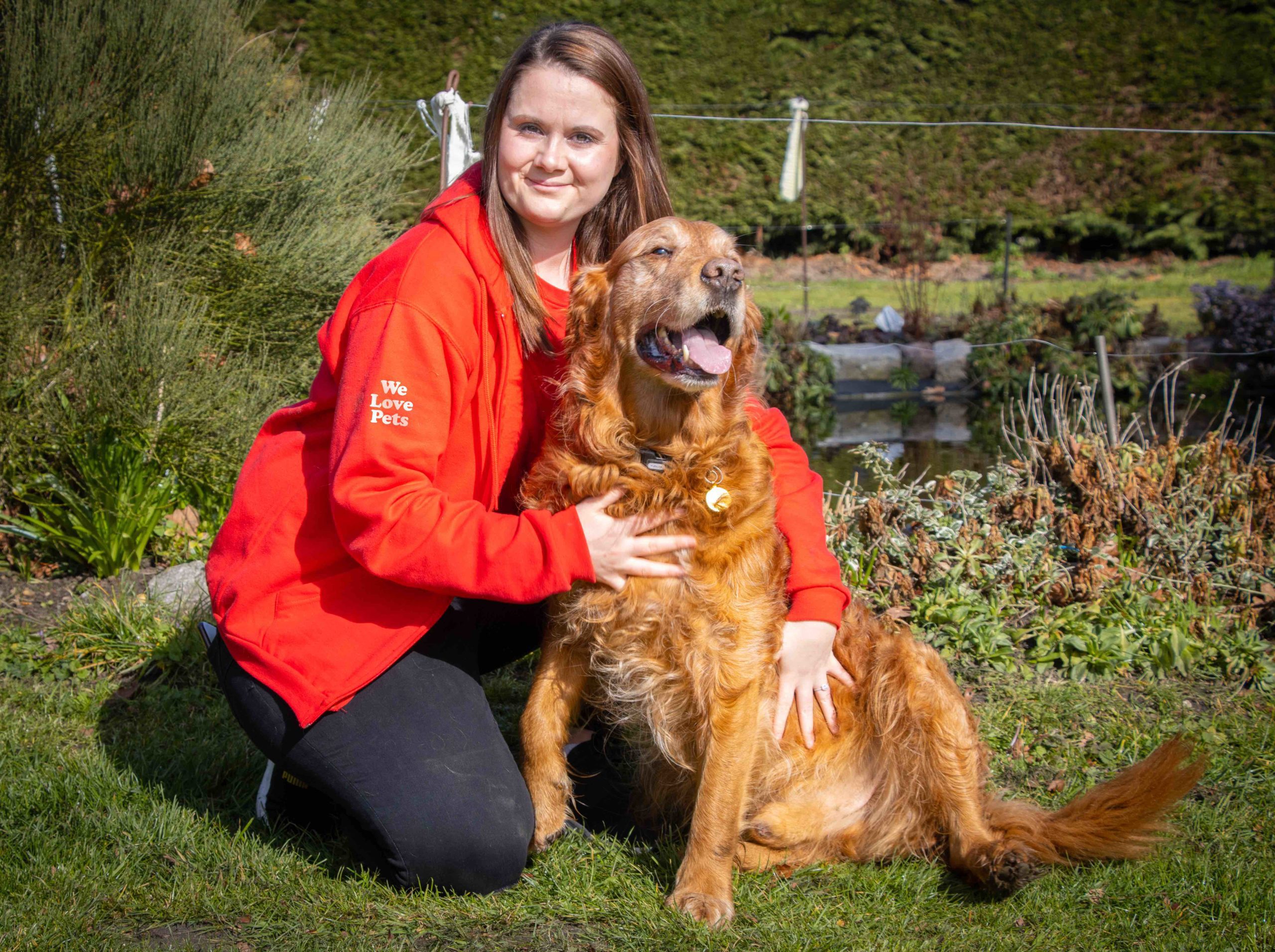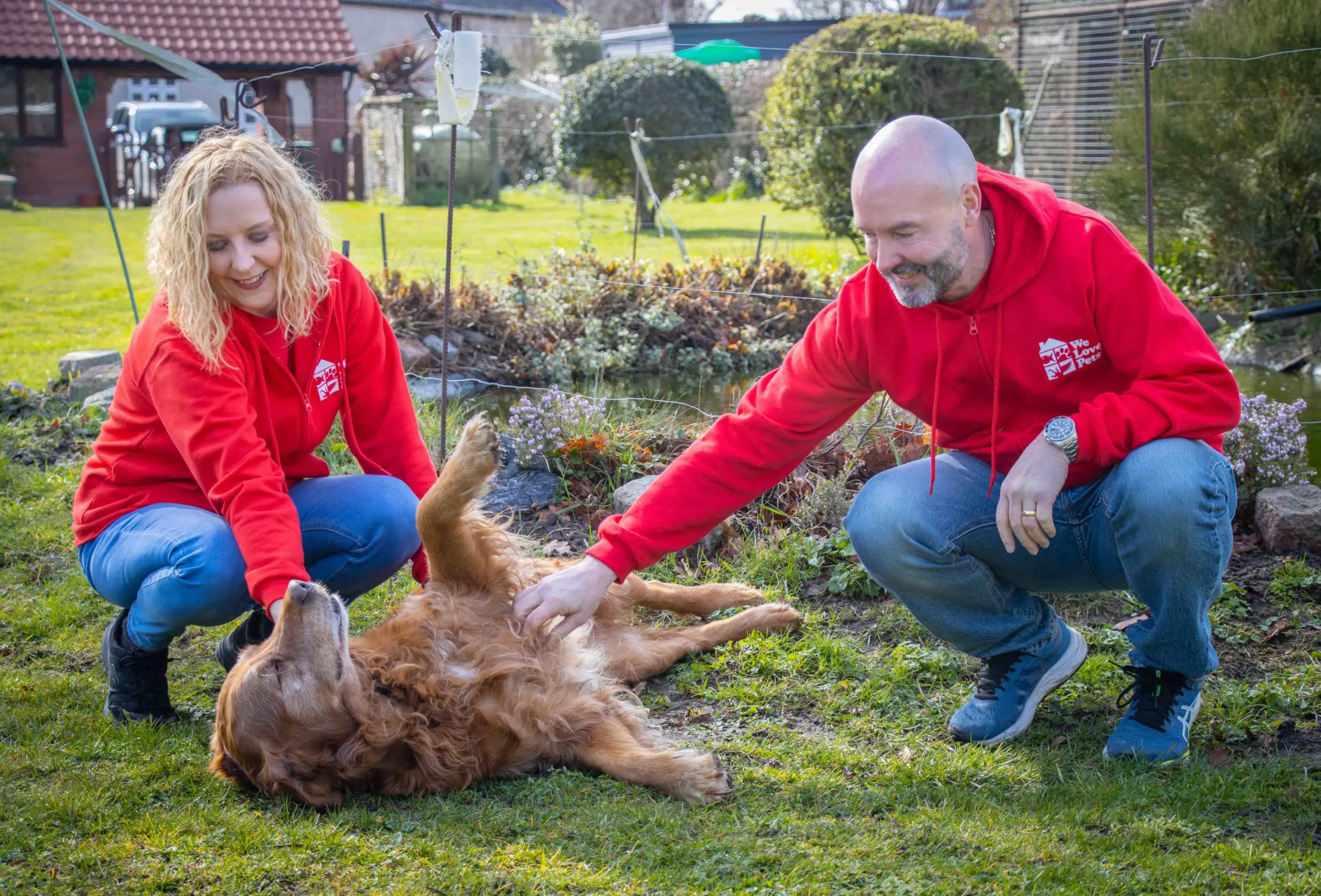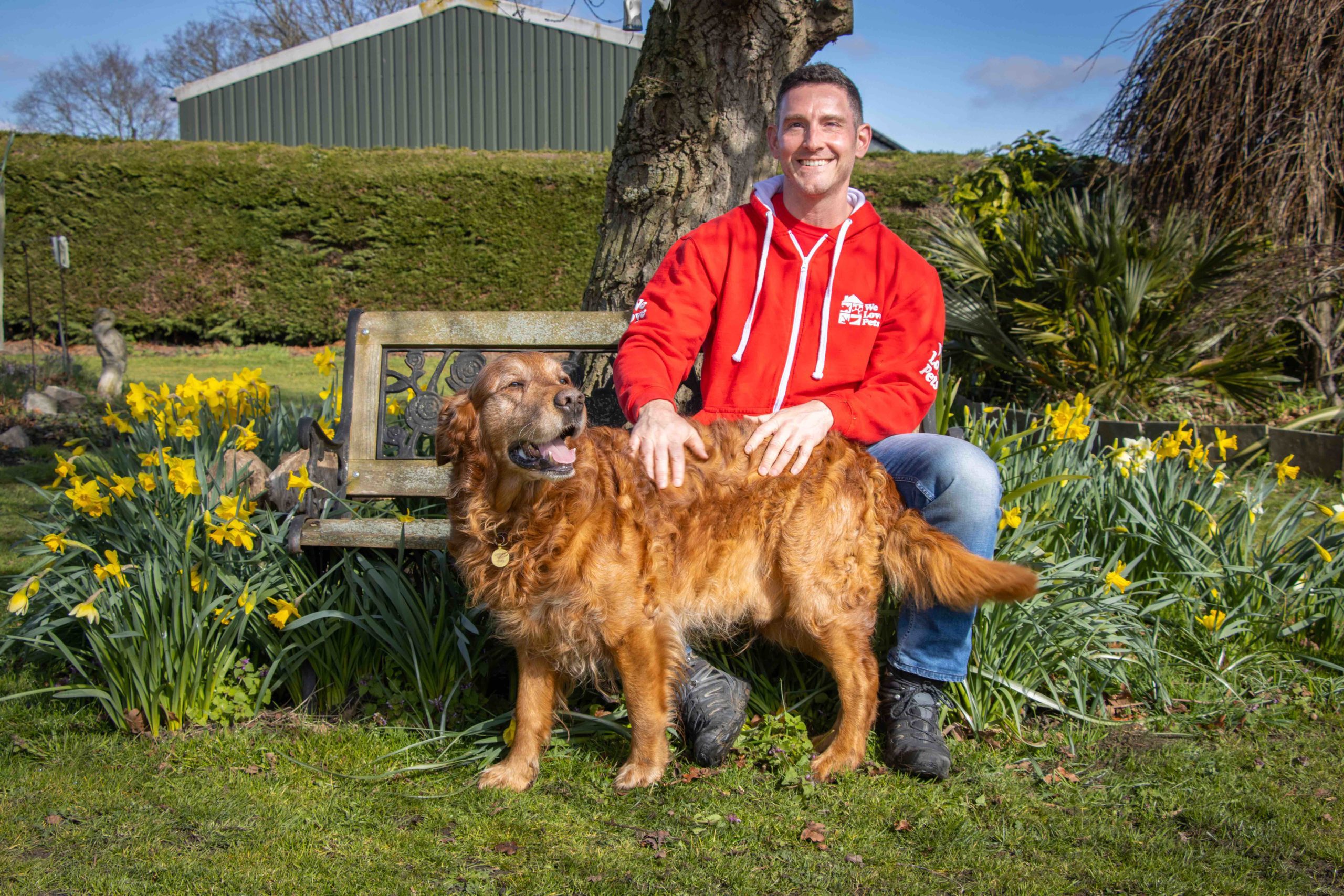Ever wondered what life might be like with a pet bird? Small birds like parakeets, conures, budgies, and the like, are affordable, trainable, and loving pets. They are also readily available at pet stores across the country. Despite all these pros, pet birds are still fairly uncommon. Less than 2% of pets in the UK are birds, an estimated 1 million in total.
Whether you’re thinking of getting one, or just curious about what they’re like, we’ve managed to source some advice for you lovely readers from a bird owner. As much as other research is needed, it’s nice to hear from a real person who’s had a bird for years, instead of just Google. So, we interviewed Tafline, proud owner of the adorable ‘Ringling.’ Enjoy!
So Tafline, what type of bird do you have?
“We have a Green Cheek Conure, cinnamon mutation.”
How long have you had him?
“We got him when he was six months hatched (we even have his hatch certificate – isn’t that so cute?! Because he came from an egg!) and we got him in January 2013. So he’s over 9 years old now. He has the solid band on his leg so that we know he was legally bred in captivity and not illegally captured in the wild.”
Was he your first pet bird?
“Yes, he’s my first pet bird and my first bird-love. Coming to know and understand Ringling has resulted in me now having an appreciation for all birds in a whole new way.”
In general terms, Green-Cheeked Conures are said to be playful, intelligent, easy-going, relatively quiet and a little mischievous. Is that all true of Ringling?
“Yes! That’s all true of Ringling! He still surprises us with his intelligence and mischievousness. When he was still very young he learned my tricks around putting him back into his cage at night for bedtime and soon developed a trick of his own to try stay up longer. It involved a quick run and a single-legged swing off the precipice of the cage door, and it earned him his circus-name.
The one time he doesn’t like to be quiet is in the morning when his cage is still covered up and he has decided it’s time for the day to begin. He will scream. Or if we’re hanging out relaxing near his closed cage he will run back and forth between all the toys that have bells and whack them with his beak to remind us that he’s there and ready to come out and play.
His favorite place to be is on someone’s head! We have allowed his flight wings to grow in, so when the cage is open and there’s a head nearby, you can be sure he’s plotting his flight plan to it. Fortunately my coworkers find this delightful if it happens in the middle of a work video meeting – since it often does! Basically he just really wants to be wherever the action is. He’ll be content hanging out on the couch with my husband, right up until I get up to cook dinner. Then he needs to be on my head in the kitchen (Ratatouille-style, approving of my spice choices) in the middle of the action.”
Many people don’t think of birds as an affectionate pet, like a dog, which I believe you’ve also had in the past. How would you say the relationship with a bird is different?
“A bird is vastly different from a pet like a dog, but it certainly isn’t true that birds aren’t affectionate. Naturally this differs by bird type, just as it does with dog breed. But birds in the parrot family, as well as several others, are known for bonding with people and being very cuddly – and it’s utterly adorable to see him close his eyes and really get into a good scratch under the chin, or stretch his wings out to invite a body scratch. Preening them when their new feathers are coming in is a bonding experience, but it is easy to hurt them so this has to be done with care. Ringling will then nibble an earlobe or zip our hair in an attempt to return the favour.
Ringling has bonded with my husband and me in different ways. I can hand feed him, which he doesn’t allow my husband to do, but my husband can hold him on his back or like an ice-cream cone, which Ringling vehemently resists when I try anything like that. I used to find the lack of consistency in how he treats us confusing, but it helps me when I remember that he views us as members of his flock, and he has a different relationship with each of us. We’re not just the humans in his life, we’re individuals in his bird family.
A cuddly bird is a very adorable thing, and there’s nothing like watching him slowly close his eyes as he nests in the hood of my sweatshirt, but unlike a dog, the same little cuddle-session you’re enjoying with him can result in a bleeding bite without any warning. Birds bite, it’s what they do. They do it to each other and they will do it to you. And a parrot beak is designed to break open nutshells, so it can break skin very easily. With patience, a bird can be taught to limit how hard to bite to convey their message, but they will always still bite. It’s part of how they communicate, and while it feels upsetting to us humans who are taught from childhood not to bite our friends, it’s not a personal attack on the part of your bird, and must be expected as a bird owner.”
Like you said earlier, you’ve owned him for a long time. Have challenges come up over the years other than the initial housetraining?
“Fortunately when we first got Ringling he’d already been potty trained. So he’s pretty good about only making a mess in his cage or on his perch, but accidents do still happen. It’s important to return a potty trained bird to their potty place often, as they can hurt themselves by holding it for too long.
He definitely went through a rebellious adolescent period, his personality changed a lot. It was an upsetting experience. We bought a book on bird psychology which helped us understand him and react to him correctly. This is important, as bird reactions are often counter-intuitive to human reactions to bad behaviour. You must take the time to learn how to react in a way he understands or you’ll be stuck with a badly behaved bird for many years, which will make you both miserable.
Also, there is a lot of bad advice out there, like flicking a bird’s beak to discipline them. A bird’s beak is far too sensitive for that, and you can do real damage. With patient and consistent handling of Ringling’s bad behaviour, we were eventually rewarded with the friendly, cuddly little guy we first had when we brought him home. It is worth it to put in the effort for a happy bird and a peaceful home.”
Is there anything you wish you’d known before adopting a bird, or advice you’d like to go back in time and give yourself?
“I wish I’d better understood the different types of birds. When we talked about getting a bird, I imagined a cage with a beautiful songbird, a delight to look at and listen to. Instead we brought home a bird that’s more like a child, and not a delightful songbird to listen to either! I love having Ringling in our life, but it’s not at all what I expected. He’s far more demanding and needy than I anticipated, but is also so much smarter and affectionate than I could have imagined. As I mentioned before, getting to know him and trying to understand his mind has really given me a greater appreciation for birds as a species.”
If someone is thinking of adopting one, what words of wisdom would you like to pass on to them?
“If anyone else is interested in a conure, I would highly recommend it. Just understand it’s a pet for adults, in my opinion, and for someone who really wants to get to know their bird and provide them with a happy home. You will want to make time to interact and play with your bird every single day. I would also suggest you need to adapt to the needs of your bird more than you can expect them to adapt to you and your way of doing things. And I would not call Ringling an emotional support animal! Sometimes on my worst days, he would treat me badly too which was very hard for me.
But don’t get me wrong, the rewards of having a happy bird in your home are great! He is an utter delight every single day, and still surprises us with new behaviours. Just recently we stayed overnight in a pet-friendly hotel with him, and put his cage in front of a mirror. He normally does not see himself in mirrors as we don’t want him to bond with his reflection instead of us, but we thought he’d be okay for just one night. He was fascinated by the ‘other bird’ in the mirror, and at one stage made his way across his cage to pick up a sunflower seed (his favourite) and returned to the mirror to give the seed to the ‘other bird.’ These are the delights he brings into our lives every day!”




